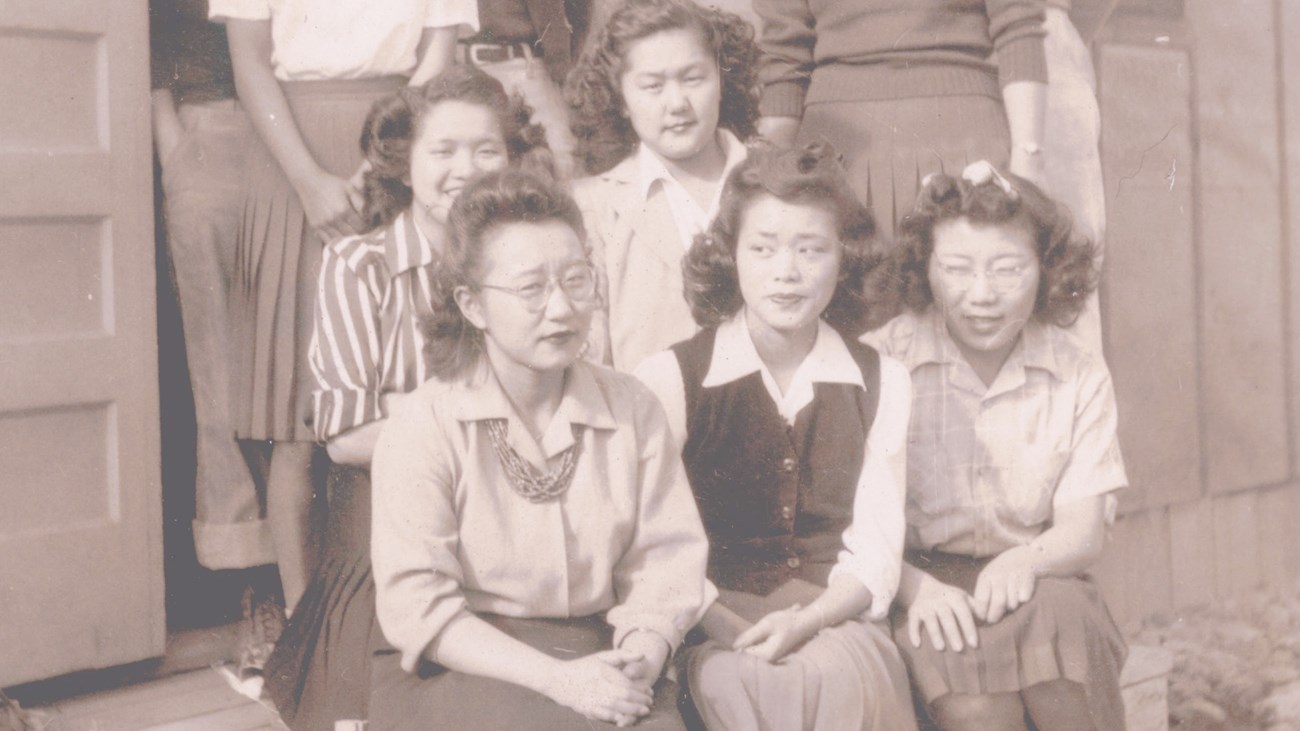Explore the Virtual Exhibition
What makes a home? Who has a right to call a place a home?
"Home and Homelands" invites you to consider how women played a central role in defining and defending the concept of “home.” They have been at the heart of community building, making connections across cultures, fighting against exclusion and for change, and reclaiming their homelands and cultural practices. The exhibition holds multiple truths together – connection and segregation, beauty and violence, the personal and political – in order to understand the basic human endeavor of making a home. Drawn from the museum collections and resources of 30 national parks in the west, these objects and places tell the stories of extraordinary women.
This project was made possible through the National Park Service in part by a grant from the National Park Foundation. The exhibition is the result of a collaboration between the NPS Pacific West Regional Office, park sites throughout the region, National Park Foundation staff, Tribal nations, descendant communities, and subject matter experts. Thank you for your time and expertise.
The Struggle for Suffrage and Citizenship
In 1920, the 19th Amendment made it unconstitutional to deny voting on the basis of sex, but millions of women in the West and Pacific remained disenfranchised alongside the men of their communities because they were not fully recognized as American citizens.
Biographies
Explore their biographies to learn more of their struggles.
Last updated: May 10, 2024
